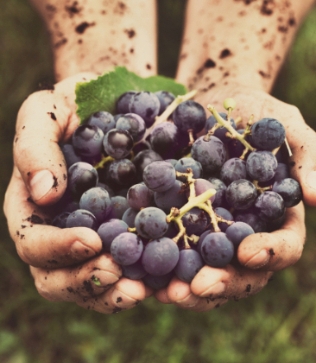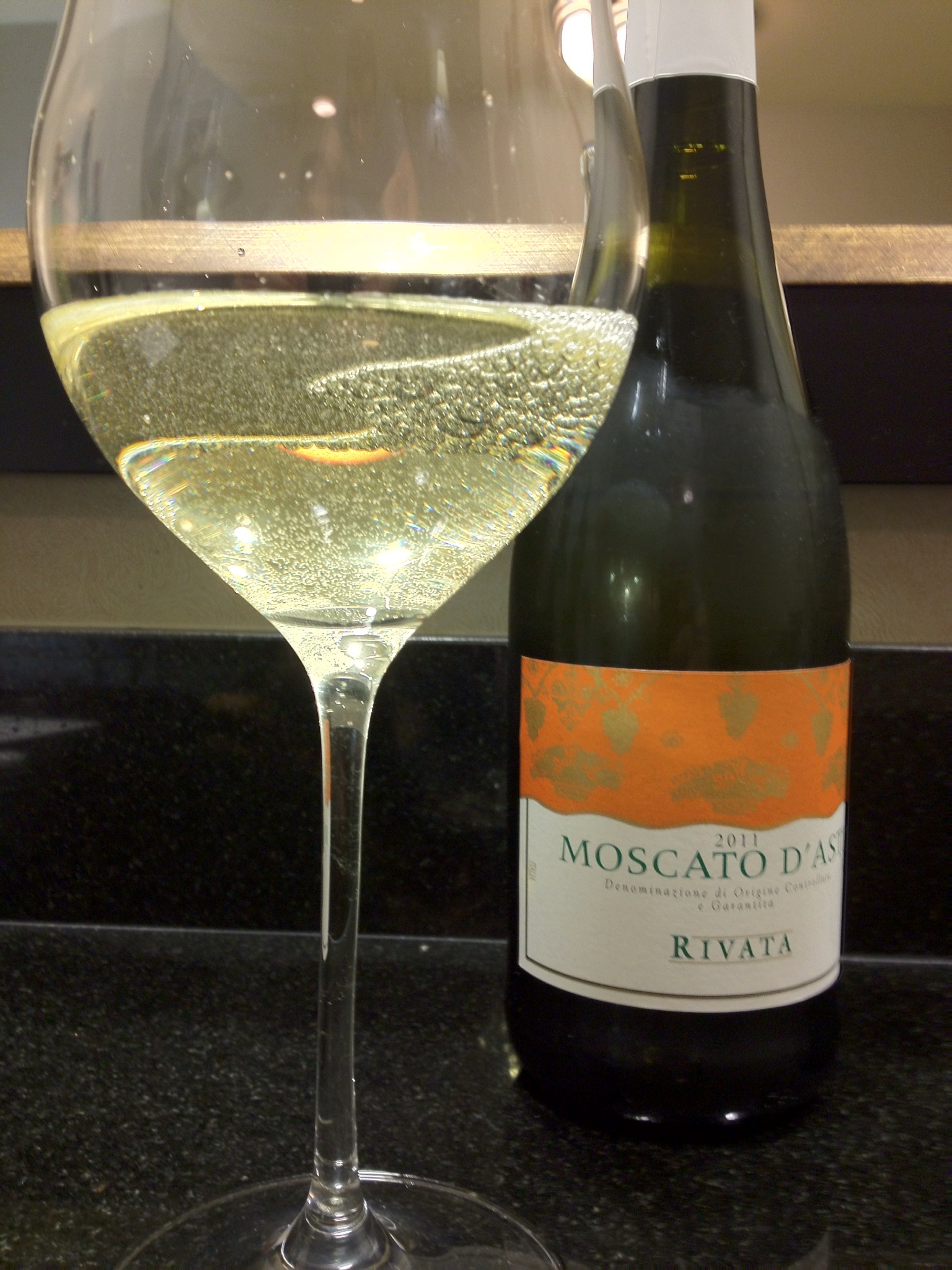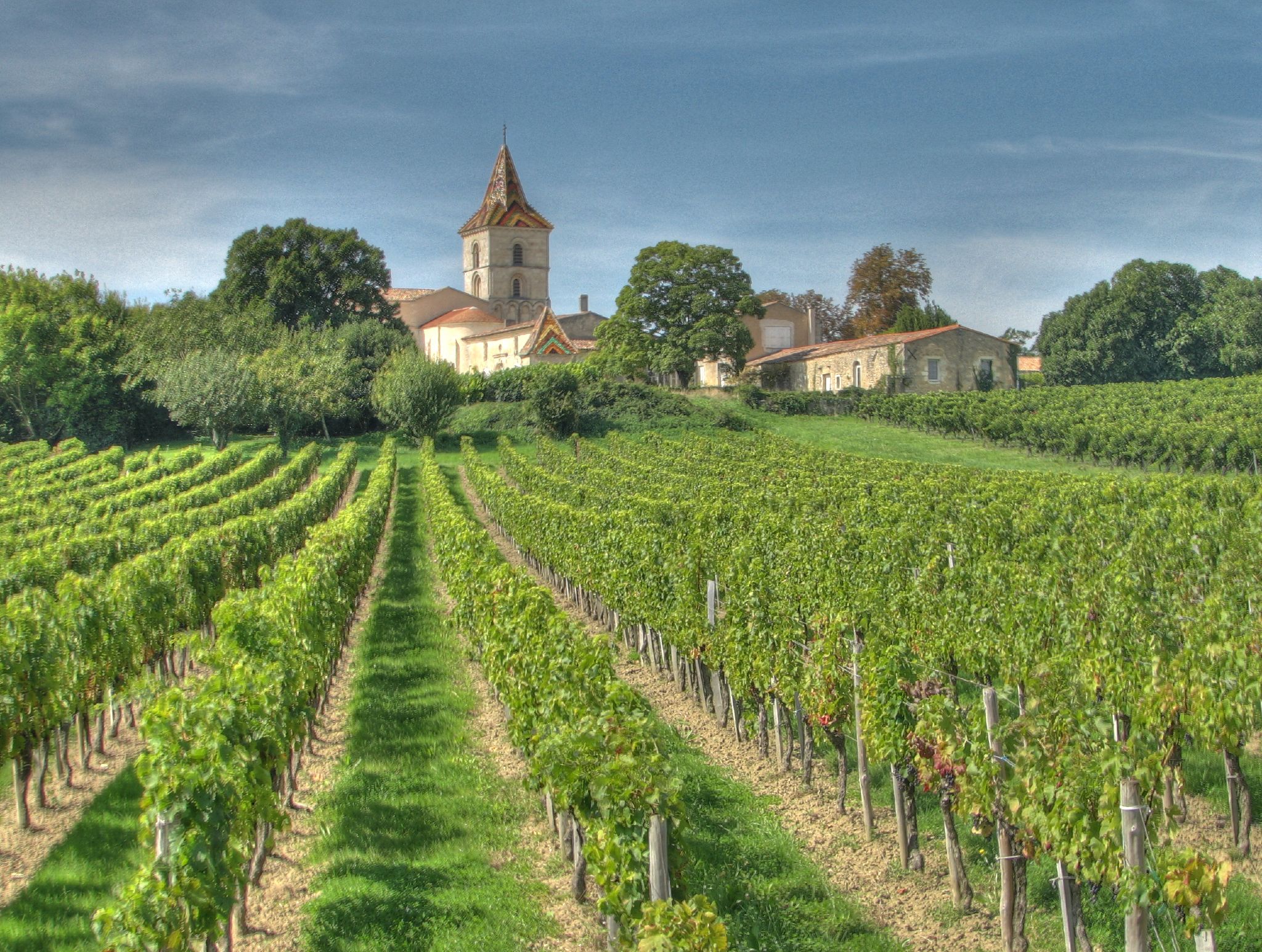While the Bourbon Bonanza craze that was happening just a few short years ago has started to slow down a bit, a lot of great distilleries have continued to produce some really exciting top-notch whiskey and bourbon options at reasonable prices.
This is great news for whiskey enthusiasts as it’s possible to get your hands on some top-tier options without having to spend a small fortune – and without having to reach for the “specialty” whiskeys that have Jim or Jack in the name.
Below we highlight 10 of the best options that you want to try the next time that you’re looking for something a little different.
Redbreast 12-Year Old Irish Whiskey
At first blush this stout little bottle of whiskey (Irish whiskey) looks like something that your grandpa or great grandpa probably had tucked away in the liquor cabinet somewhere – but you shouldn’t be fooled into thinking that the old-school look of this label and bottle means there’s an old-school flavor profile here.
This 12-year-old whiskey is super complex but buttery smooth, with a lot of grassy and smoky notes about the nose while you get a touch of cinnamon, grape, and honey towards the back end of the finish.
This is a rock solid Irish whiskey option at less than $50.
Basil Hayden’s Kentucky Bourbon
The Kentucky bourbon in this bottle is said to be aged only eight years, making it some of the youngest “brown stuff” you’re going to find coming out of Kentucky outside of the mass-produced bourbon Jim and Jack are putting out like clockwork.
Pepper and spice with a little bit of honey on the back end make this a real treat. You aren’t ever going to want to use this as a mixer for fear of diluting its rock solid flavor profile.
W.L. Weller
Produced by the same folks behind Buffalo Trace whiskey (something we touch on in just a little bit), this is a super smooth 90 proof bourbon that stands head and shoulders apart from the rest of the pack, not only because of its soft and mellow flavor profile but also because of its ultra burnt orange color.
A lot more mild than you’d expect especially at 90 proof; it works well with cocktails but doesn’t sit uncomfortably in a glass neat or with ice either.
Four Roses Small Batch Bourbon
This small batch bourbon is a real sneaky favorite of whiskey enthusiasts that know great booze when they taste it. The fact that you can pick up this bourbon for about half of the $50 limit we established for this list seems almost criminal.
Small batch bourbon from top to bottom, it’s heavy on the caramel and vanilla flavors but has a little bit of a citrus finish towards the back end that makes it really nice. It definitely will burn a little bit sliding down but it has a smooth finish that won’t have you diluting it with a chaser or any ice.
Eagle Rare 10 Year Old Kentucky Straight Bourbon Whiskey
Considered by many to be one of the “best value” whiskeys money can buy at any price point, Eagle Rare has done something really special with this 10-year-old Kentucky bourbon. It’s spicy (but not too spicy), citrusy (but not too citrusy), and has just the right amount of honey and vanilla two round things out nicely. This tastes like a bourbon that costs two or three times as much as it does.
Knob Creek Straight Rye Whiskey
Made by the legends behind some of the best Kentucky bourbon ever produced, the Noe family knows a thing or two about putting out top-tier small batch whiskey – and this just might be the very best of the best available at any price point.
In 2015 this whiskey was given the third-place award in the right category but it’s possible that the judges there had had a little too much to drink when they rated this that low. It comes in at a whopping 100 proof (quite a bit higher than some of the other options on this list) which makes it ideal for cocktails but taking it straight up or neat is a pleasure, too.
Buffalo Trace
You will have an almost impossible time finding people that do not love everything Buffalo Trace has to offer, particularly at the sub $50 price point. This is a premium whiskey through and through, hot and spicy but with a smooth caramel kind of finish that is rounded off with just a little bit of orange towards the back end.
It doesn’t hurt that it comes in gorgeous bottles and just has that “old-school” kind of look to it that makes it sit so pretty when left out while you are entertaining guests.
Old Forester 100
The same age old recipe and mash bill that was created by founder George Garvin Brown continues to be used today, helping to set this 100 proof whiskey apart from the rest of the pack with a throwback kind of flavor profile that’s tough to find in some of the more modern and “tinkered with” options – including some on this list.
This is the kind of whiskey that folks drank in the middle of Prohibition (one of the few whiskeys available for sale back that as it was classified as “for medicinal purposes”) and enjoying a touch is a lot like climbing into a time machine.
Michter’s US #1 Single Barrel Straight Rye Whiskey
This rye whiskey is a celebration of America’s oldest whiskey type, made from carefully selected grain produced in America and then sheared to exacting specifications to produce the highest flavor extraction possible.
Coming in at 84.8 proof (and cooped up in fire charred, new oak barrels for a couple of years before being blended), this is a spicy, citrusy whiskey that has a butterscotch backbone. It’s a real treat for less than $50.
Monkey Shoulder
It’s almost impossible to recommend ANY scotch whisky for less than $50, because the very best options coming out of Scotland are easily three or four times that. However, Monkey Shoulder blended malt scotch whisky is something you have to try to believe.
The flavors here are totally unique thanks to the fact that this scotch whisky has been blended from barrels produced at three different space I distilleries. In the end you get something that is very creamy, very malty, and very upfront with its vanilla and spice flavors – but with just a little bit of back end heat that lets you know it’s still a legitimate scotch whisky.



